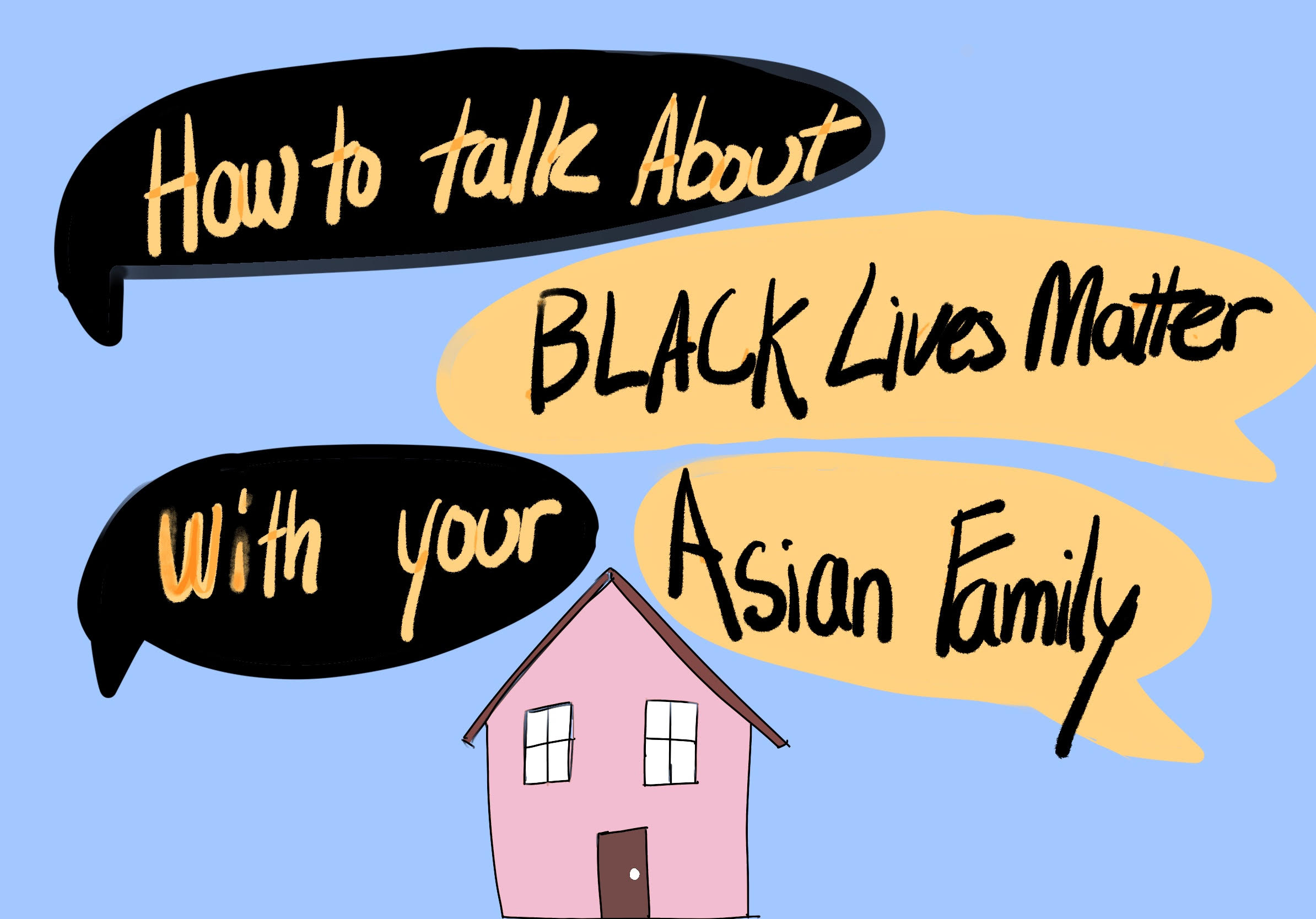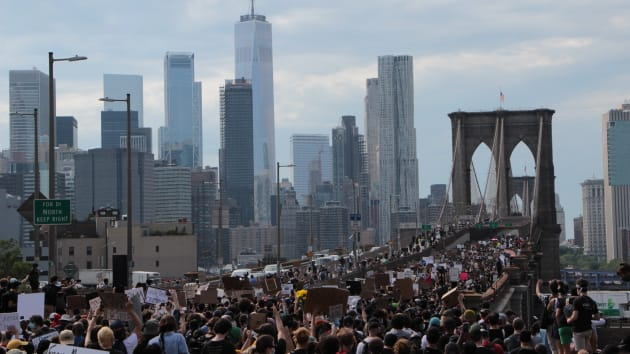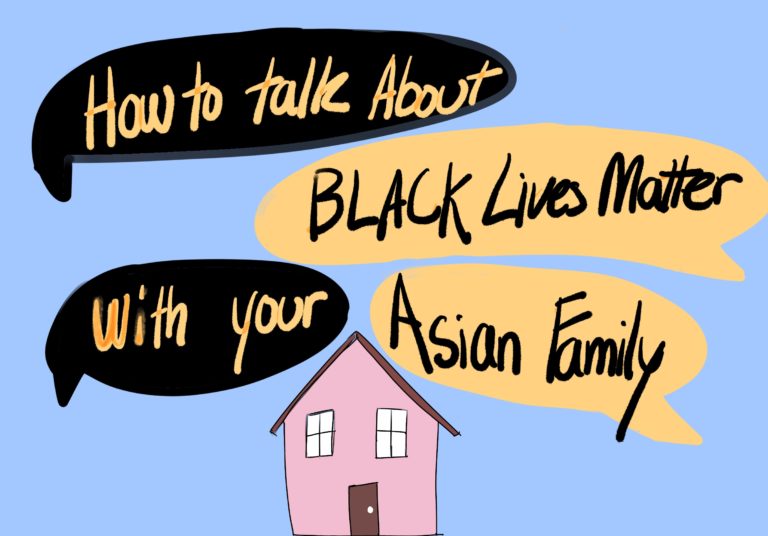 “How to Talk About Black Lives Matter with your Asian Family” artwork created by Adriane Kong
“How to Talk About Black Lives Matter with your Asian Family” artwork created by Adriane Kong
In 2013, the Black Lives Matter movement was created to protest police brutality toward the Black community. The movement forced the white public to recognize a pattern: the police’s use of excessive force on unarmed Black people. The current resurgence of the protests was sparked by the death of George Floyd. Floyd was arrested for allegedly using a counterfeit bill. During the arrest Floyd was killed by Derek Chauvin, a police officer who knelt on his neck for 8 minutes. Since then, protests all over the world have been demanding justice for victims of police brutality.
 Photo courtesy of Spencer Kimball of CNBC, (Black Lives Matter protests at Brooklyn Bridge, June 4, 2020)
Photo courtesy of Spencer Kimball of CNBC, (Black Lives Matter protests at Brooklyn Bridge, June 4, 2020)
Protests have been crucial for pressing for change from local governments. The activism within our own homes and communities is just as necessary.
Black Lives Matter is becoming a household topic. This has led many Asian families to discuss issues of institutional racism for the first time. As a result, debate over the role of Asian-Americans in the Black Lives Matter movement has caused a divide within the community.
It’s not an easy talk. As the granddaughter of a Hong Kong police officer, I know having discussions about police brutality can cause a lot of fighting and maybe some yelling. It exposes deep misconceptions that need to be overturned. But it’s a discussion worth having.
So from my personal experience, here is how to talk about Black Lives Matter with your Asian family.
[zombify_post]


0 Comments